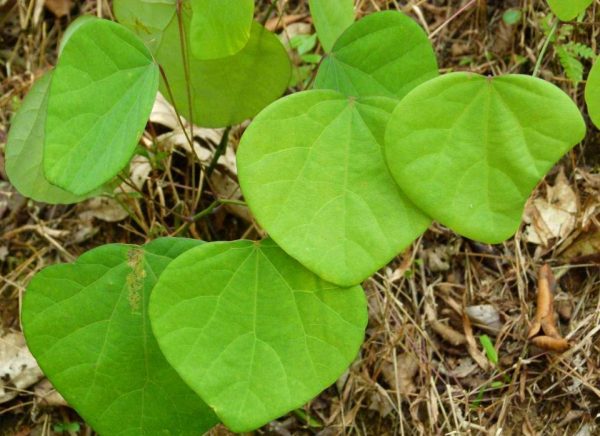Ashwagandha (Withania somnifera): The Rejuvenating Herb of Ayurveda
Basonym of Drug: The medicinal herb known as Ashwagandha is scientifically referred to as Withania somnifera.
Main Synonyms: In Ayurveda, Ashwagandha is known by various synonyms, including:
- Vajigandha
- Turangi-gandha
- Varahakarni
- Balada
- Kamrupini
Regional Name: Ashwagandha is also known by different names in various regional languages. Some common regional names include:
- Hindi: Ashwagandha
- Bengali: Ashwagandha
- Kannada: Ashwagandha
- Malayalam: Amukkura
- Marathi: Ashwagandha
- Tamil: Amukkara
- Telugu: Penneru-gadda
Botanical Name: The botanical name of Ashwagandha is Withania somnifera.
Family: Ashwagandha belongs to the Solanaceae family.
Classification of Dravya (Gana) as described in Charak and Sushrut: In the classical Ayurvedic texts of Charak and Sushrut, Ashwagandha is classified as follows:
- Charak: Ashwagandha is categorized under the group of “Balya,” which means it belongs to the group of herbs that promote strength and vitality.
- Sushrut: In Sushrut Samhita, Ashwagandha is classified as a “Vrishya Dravya,” indicating its potential as a potent aphrodisiac.
External Morphology: Ashwagandha is a small shrub with woolly hairs on its stems and leaves. The leaves are ovate, and the flowers are small, greenish-yellow, and bell-shaped. The plant bears orange-red berries that contain the seeds.
Useful Parts: The useful parts of Ashwagandha are primarily the roots and sometimes the leaves.
Important Phytoconstituents: Ashwagandha contains various active compounds, including alkaloids (withanine, somniferine), steroidal lactones (withanolides), flavonoids, and glycosides.
Rasa Panchaka: The Rasa Panchaka (five tastes) of Ashwagandha is as follows:
- Rasa (Taste): Bitter (Tikta), Astringent (Kashaya)
- Guna (Quality): Light (Laghu), Unctuous (Snigdha)
- Virya (Potency): Hot (Ushna)
- Vipaka (Post-digestive taste): Sweet (Madhura)
Action on Dosha, Dhatu, and Mala: Ashwagandha primarily pacifies the Vata and Kapha doshas. It acts on the Mamsa (muscle) and Majja (bone marrow) dhatus and has an effect on the Mutra (urine).
Prayogarha Vyadhi (Therapeutic Indications): Ashwagandha is utilized in Ayurvedic medicine for various therapeutic purposes, including:
- Rejuvenation and vitality
- Stress and anxiety management
- Enhancing strength and stamina
- Boosting the immune system
- Improving cognitive functions
- Promoting sound sleep
- Supporting reproductive health in both men and women
Amayikaprayoga and Matra (Therapeutic Administration and Dose): Ashwagandha can be used in various forms, such as powder, decoction, or medicated ghee. The dosage depends on the specific condition and the individual’s constitution. Commonly used forms and doses include:
- Powder: 3-6 grams, once or twice a day
- Decoction: 50-100 ml, once or twice a day
- Medicated ghee: As prescribed by an Ayurvedic practitioner
Vishishta Yoga (Names of Important Formulations): Ashwagandha is a key ingredient in numerous Ayurvedic formulations. Some notable formulations include:
- Ashwagandha Churna
- Ashwagandharishta
- Ashwagandhadi Lehyam
Vishakta Lakshan (Adverse Effects): Ashwagandha is generally safe when used in prescribed doses. However, some individuals may experience mild gastrointestinal discomfort or drowsiness.
Chikitsopachara (Remedial Measures): Ashwagandha should be used under the guidance of a qualified Ayurvedic practitioner. It is essential to consider an individual’s specific health conditions and dosha imbalances while prescribing Ashwagandha.
Shodhana (If Required): Ashwagandha root does not typically require shodhana (purification) procedures.
Ashwagandha, the “Indian ginseng,” is a prized herb in Ayurveda known for its adaptogenic and rejuvenating properties. Its extensive range of applications and therapeutic benefits have made it a popular choice for promoting overall health and well-being.
Please let us know for any correction or wrong information: We strive to provide accurate and informative content. If you find any inaccuracies or have any suggestions to enhance the article, kindly share your feedback. Your valuable input helps us improve and deliver content that aligns with the needs of our readers. Thank you for your support!



